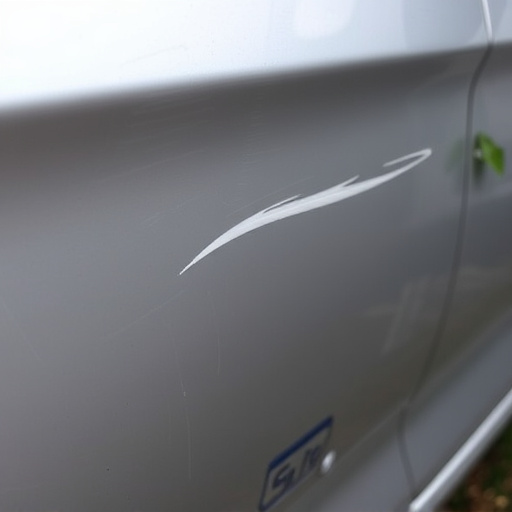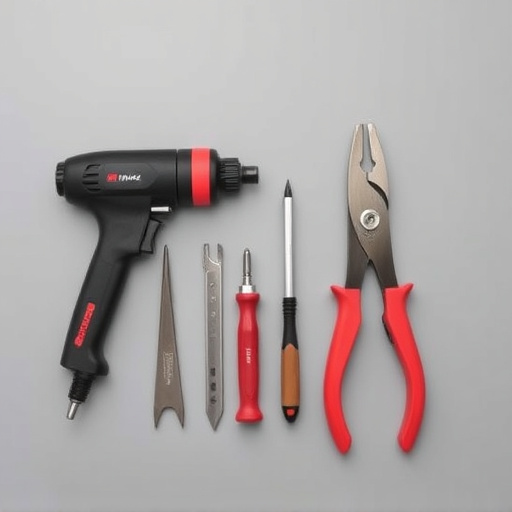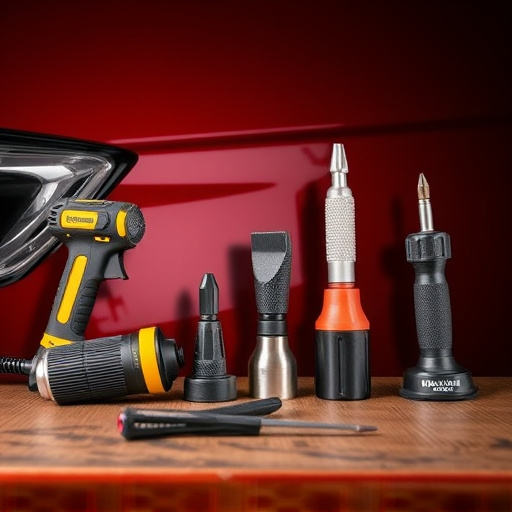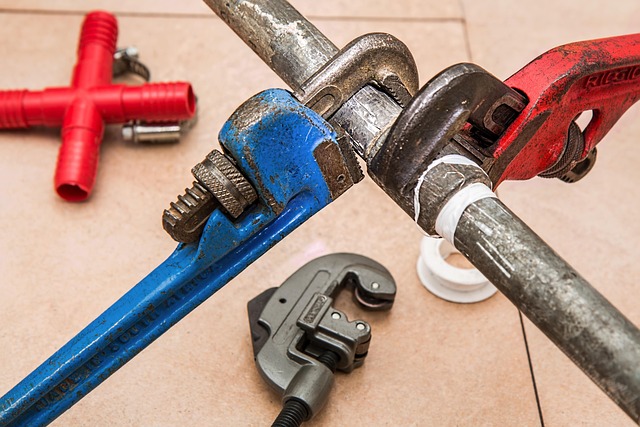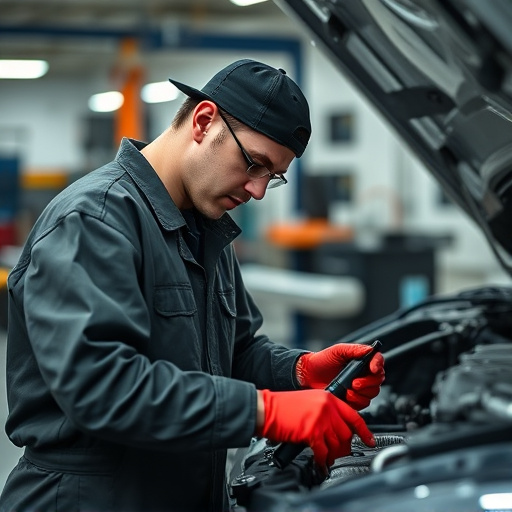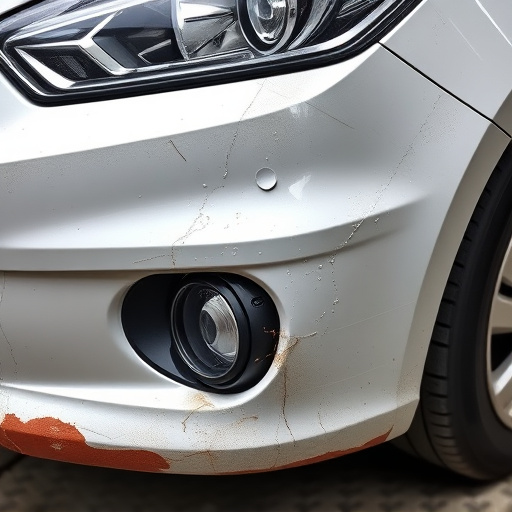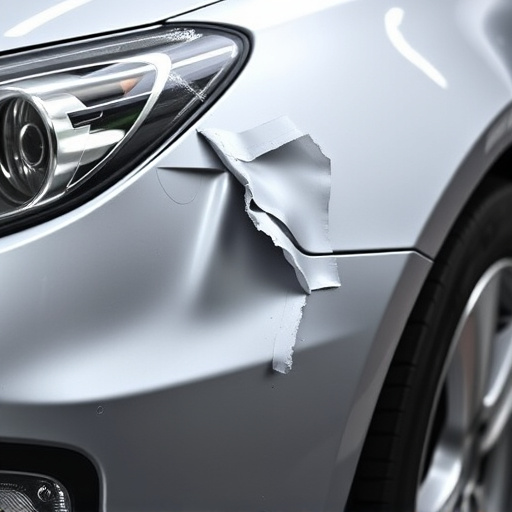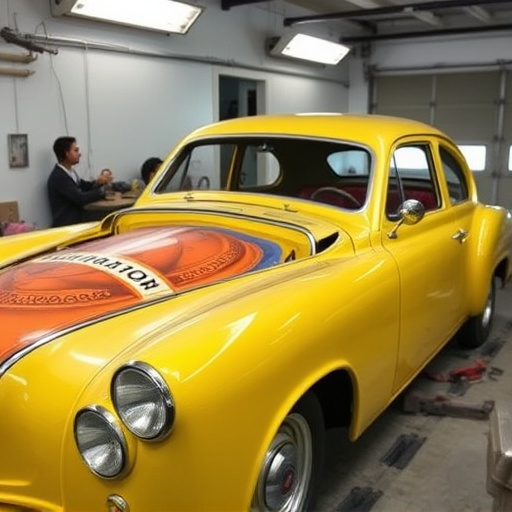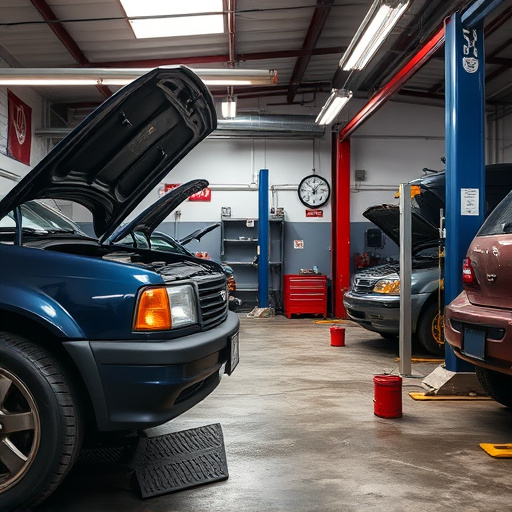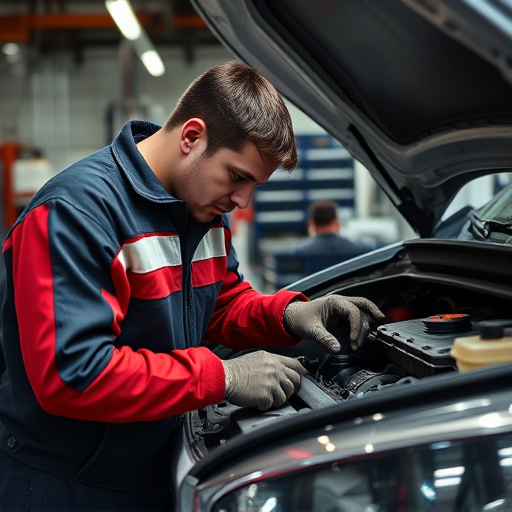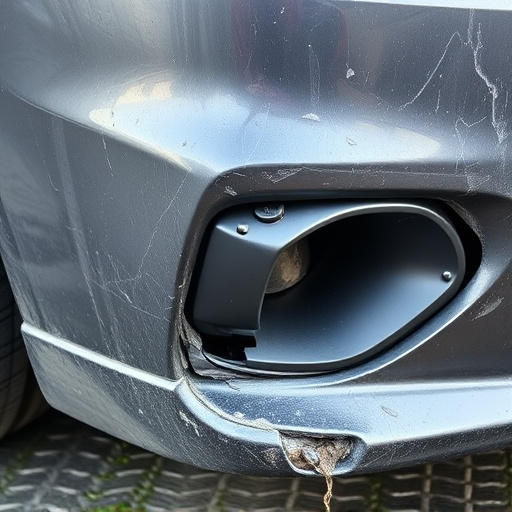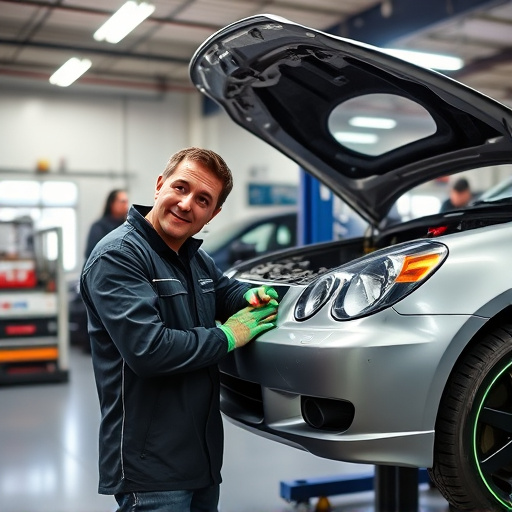Factory seam duplication is a vital technique for tire and auto repair, replicating vehicle seams to enhance structural integrity, prevent water/air intrusion, and improve component quality in diverse weather conditions. In industrial settings, minimizing moisture and air ingress is critical to avoid costly downtime, product contamination, equipment wear, and safety hazards. Effective strategies involve meticulous seam replication, advanced technologies like robotics and automated tools, staff training on materials and maintenance, and seamless integration into quality control processes for reliable products.
In the manufacturing sector, minimizing water and air intrusion is vital for maintaining operational efficiency. One effective method, often overlooked, is factory seam duplication. This process involves creating exact replicas of seams used in industrial structures, serving as a robust defense against environmental elements. By understanding the fundamentals of factory seam duplication and its impact on preventing water and air penetration, manufacturers can significantly enhance their facilities’ durability and performance.
- Understanding Factory Seam Duplication Basics
- How Water and Air Intrusion Affects Factories
- Effective Implementation Strategies for Seam Duplication
Understanding Factory Seam Duplication Basics

Factory seam duplication is a specialized technique used to create precise copies of existing vehicle seams, particularly in tire and auto repair services. This process involves meticulous replication of the original seam structure, ensuring seamless integration when replacing or repairing worn-out parts. By duplicating these seams, factories can enhance the overall quality and durability of replacement components, addressing potential weak points that could lead to water and air intrusion.
Understanding the basics of factory seam duplication begins with recognizing its significance in maintaining the structural integrity of vehicles. The method employs advanced machinery and expertise to reproduce even the smallest details of the original seam, considering factors like material composition, pressure points, and alignment. This attention to detail is crucial for preventing water and air intrusion, a common issue that can compromise vehicle performance and safety, especially in harsh weather conditions.
How Water and Air Intrusion Affects Factories
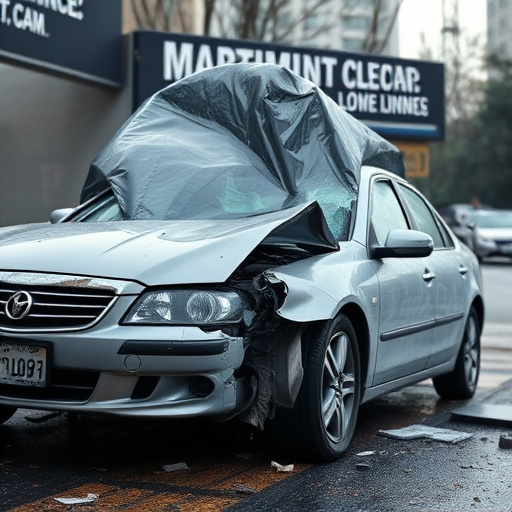
Water and air intrusion can cause significant damage to factories, affecting both their operational efficiency and structural integrity. In industrial settings, where precision and consistency are paramount, even minor leaks or drafts can lead to costly downtime and reduced productivity. For instance, in manufacturing processes that require controlled environments, such as electronics assembly or pharmaceutical production, moisture ingress can contaminate materials, compromise product quality, and even pose safety hazards.
Air intrusion, particularly in areas with high pressure differentials, can introduce dust, debris, and other contaminants into machinery, leading to wear and tear, increased maintenance needs, and potential equipment failure. These issues are especially pertinent in industries like automotive manufacturing, where intricate assembly lines demand clean, dry working conditions to prevent damage to delicate components akin to those found in a well-restored vehicle body shop. Factory seam duplication techniques, such as sealing and reinforcement of joints, play a crucial role in mitigating these problems by creating robust barriers that safeguard against water and air penetration.
Effective Implementation Strategies for Seam Duplication

Implementing effective factory seam duplication strategies is key to achieving robust water and air intrusion prevention in manufacturing environments. To start, meticulous planning and design are essential. This involves detailed assessments of potential points of entry, followed by precise replication of original seams during production. Utilising advanced technologies like robotic systems and automated measurement tools streamlines the process, ensuring accuracy and consistency in seam duplication across large-scale projects.
Training and empowering staff with specialised knowledge on factory seam duplication techniques are vital. This includes understanding the unique properties of various materials and adhesives suitable for different applications. Regular maintenance and inspection routines should be established to detect any anomalies or signs of deterioration early on, allowing for swift corrective actions. Moreover, integrating seam duplication into quality control measures ensures that only products with perfectly replicated seams reach the market, enhancing overall product reliability, much like how meticulous car paint repair techniques bring vehicles back to their pristine condition, or auto glass replacement guarantees clear visibility and safety.
Factory seam duplication is a powerful strategy that not only enhances structural integrity but also acts as a robust defense against water and air intrusion. By implementing effective duplicating techniques, factories can create seamless barriers that protect sensitive equipment and optimize operational efficiency. This article has explored the basics of factory seam duplication, its impact on preventing environmental seepage, and practical strategies for successful implementation. Adopting these practices ensures factories maintain optimal conditions, reduce maintenance costs, and safeguard their assets in the long term.
